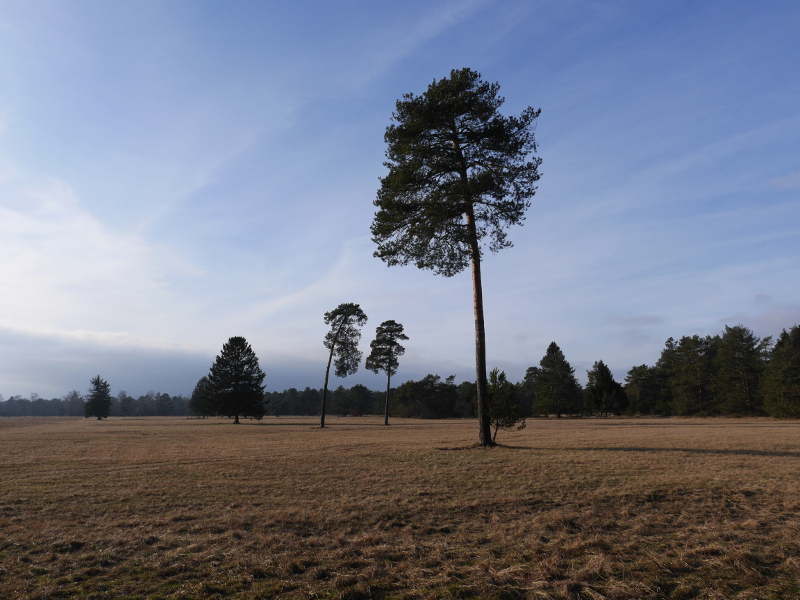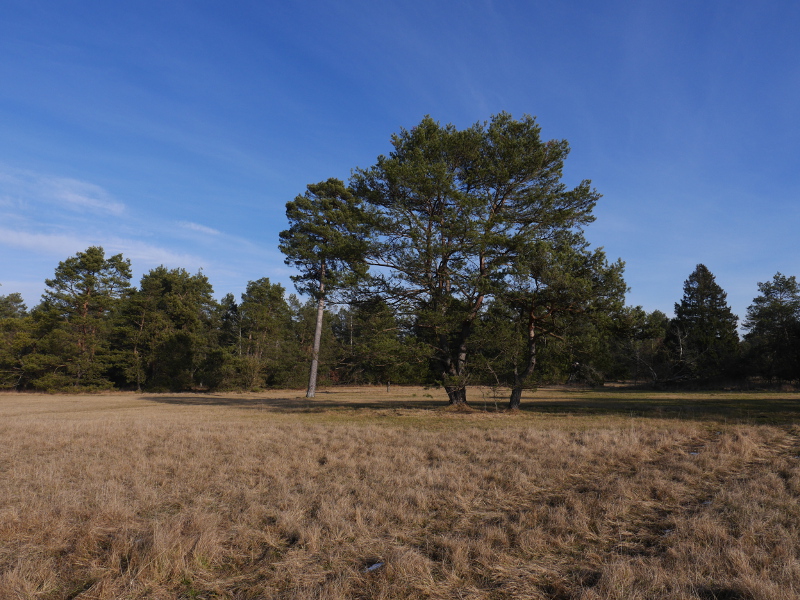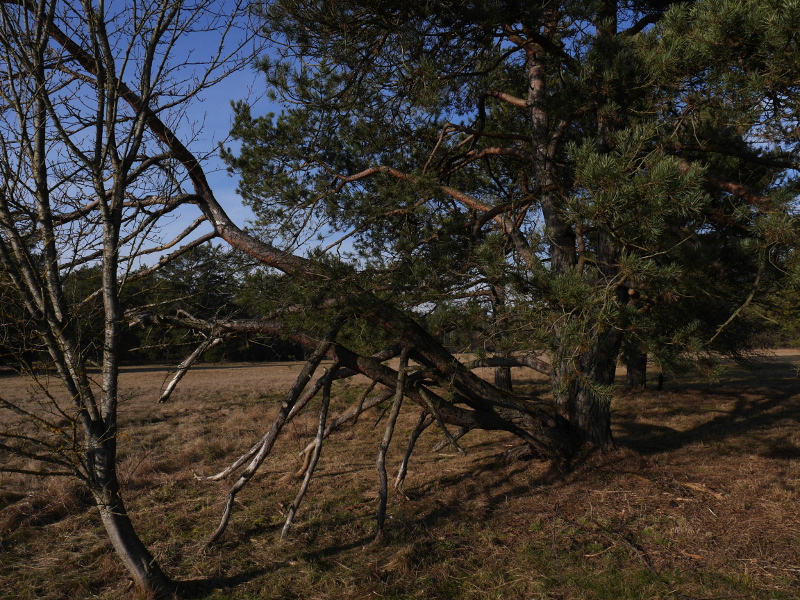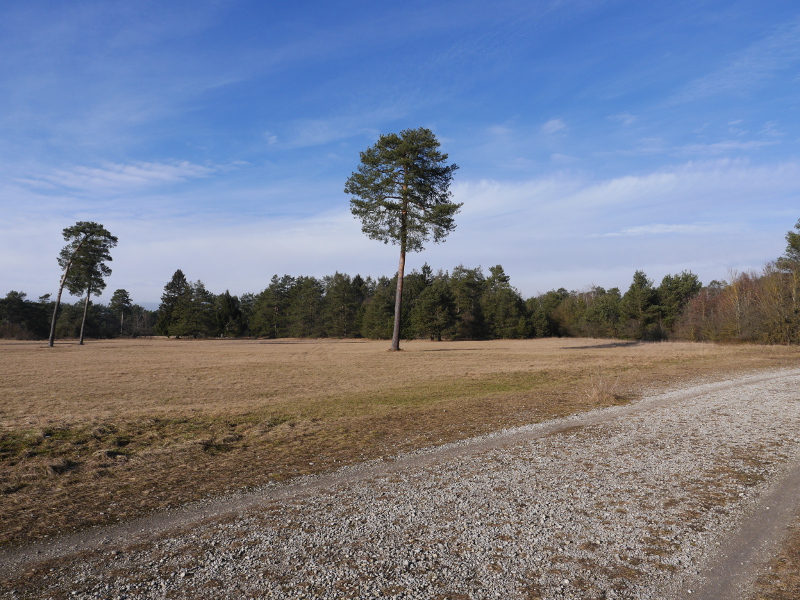Quaternions
Quaternions are elements of the Form:
q0, q1, q2, q3 are real numbers. i, j, k are three different square roots of -1 and
are the new elements used for the construction of quaternions.
They have the following algebraic properties:
Algebraic Properties
From this fundamental relations we get:
From this relations a multiplication table can be constructed.
Multiplication Table
| |
1 |
i |
j |
k |
| 1 |
1 |
i |
j |
k |
| i |
i |
-1 |
k |
-j |
| j |
j |
-k |
-1 |
i |
| k |
k |
j |
-i |
-1 |
Complex Conjugate of a Quaternion
Square of the Length
The Product of two Quaternions
The Relation between Quaternions and Geometic Algebra
The basic elements i, j, k of the quarterions can be indentified with the following bivectors in geometric algebra.
The elements i, j, k form a left handed System.
On the other hand if I build the product of bivectors for a right handed system I get:
If we build the geometric product of two vectors u and v from 
Will result in the following quarternion:
Confusion in the Application of Quaternions
Hamilton tried to apply i, j, k as Vectors in a right handed System, which lead to much confusion in such applications. This confusion can
be avoided if the the i, j, k are interpretated as bivectors in a left handed system.
In older books sometimes i, j. k can be found to name the three spatial unit vectors in a right handed system.
Which is correct, if one does not interpret them as elements of a quaternion. Hamilton introduced vectors into the main stream of mathematics in
this form. Gibbs developed the vector analysis to overcome the difficulties introduced by the misinterpretation of quaternions. On the other hand quaternions are
an powerfull tool to perform rotations.
Biquaternions
Quaternions and Biquaternions are elements of the Form:
For quaternions q0, q1, q2, q3 are real numbers.
For biquaternions q0, q1, q2, q3 are complex numbers.


 English
English


























